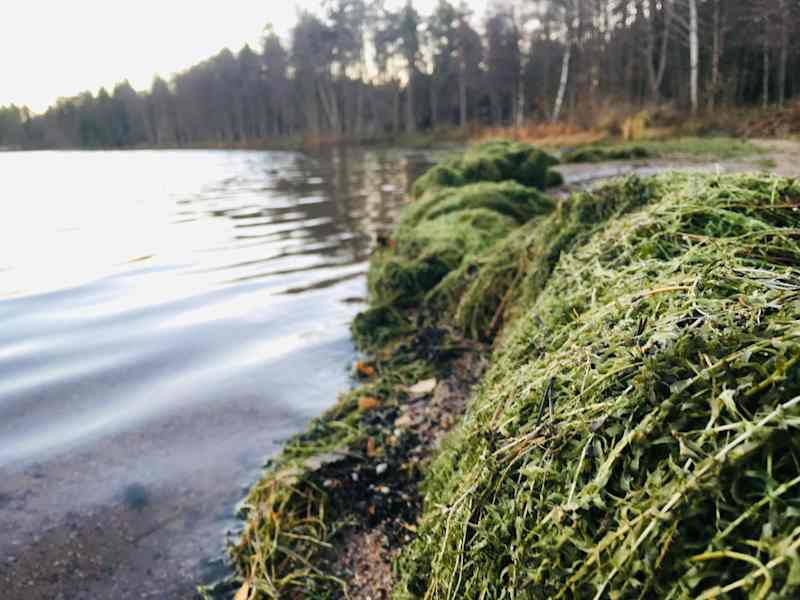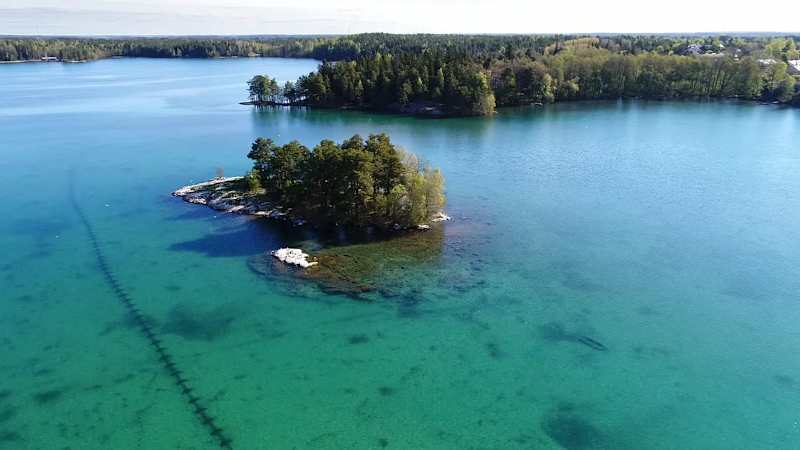Lake Littoistenjärvi will try a new way to remove water fleas next summer, but details are not yet available

The lake, located on the border of Liedo and Kaarina, was clarified by chemical treatment in 2017. The lake’s management committee is also considering a new way of re-treating the lake.
A new way of removing the water weed that is growing in Lake Littoistenjärvi will be tested next summer. Until now, water weed has been collected from the shores of the lake when it has drifted onto the shore or from a raft.
– This is a more systematic way of removing the plant from the water by cutting it,” says Heikkilä.
The Lake Littoistenjärvi Advisory Board has an annual budget of EUR 50 000 paid to it by the towns of Liedo and Kaarina, which is also used to remove water weeds.
Last year, the budget of the board of directors was exceeded when the water fraud had to be collected more than expected than expected.
Collection of water is important as it is also removed from the lake’s nutrients to cause eutrophication.
Renewal of chemical treatment will not happen in the next few years
Although Littoistenjärvi is now in better shape, the need to renew the lake’s chemical processing has occasionally flashed. During the summer months, there is still blue -green algae in the lake.
According to Heikkilä, if the chemical treatment is decided, it might be done in parts and over a longer period of time. Such chemical treatments in lakes have been made, for example, in Sweden and the Baltic States.
– From Sweden, we have recommended a way to clean the ten years and in different parts of the lake at a time, says Heikkilä.

The new chemical cleaning schedule is still fully open. The permit process related to chemical processing alone lasts for years and there is no funding. In 2017, the cleaning cost around € 400,000.
According to Heikkilä, the terms of the support funding first require their own money, meaning that the work must be able to pay for itself and the costs can only be recovered in the form of subsidies afterwards.
– We have been wondering if we should raise money in the cashier to take these measures, says Heikkilä.
